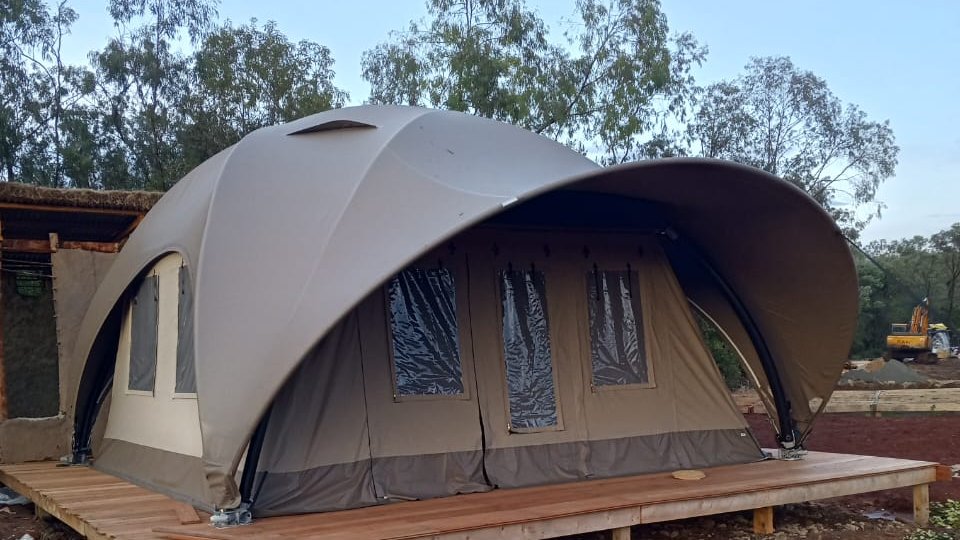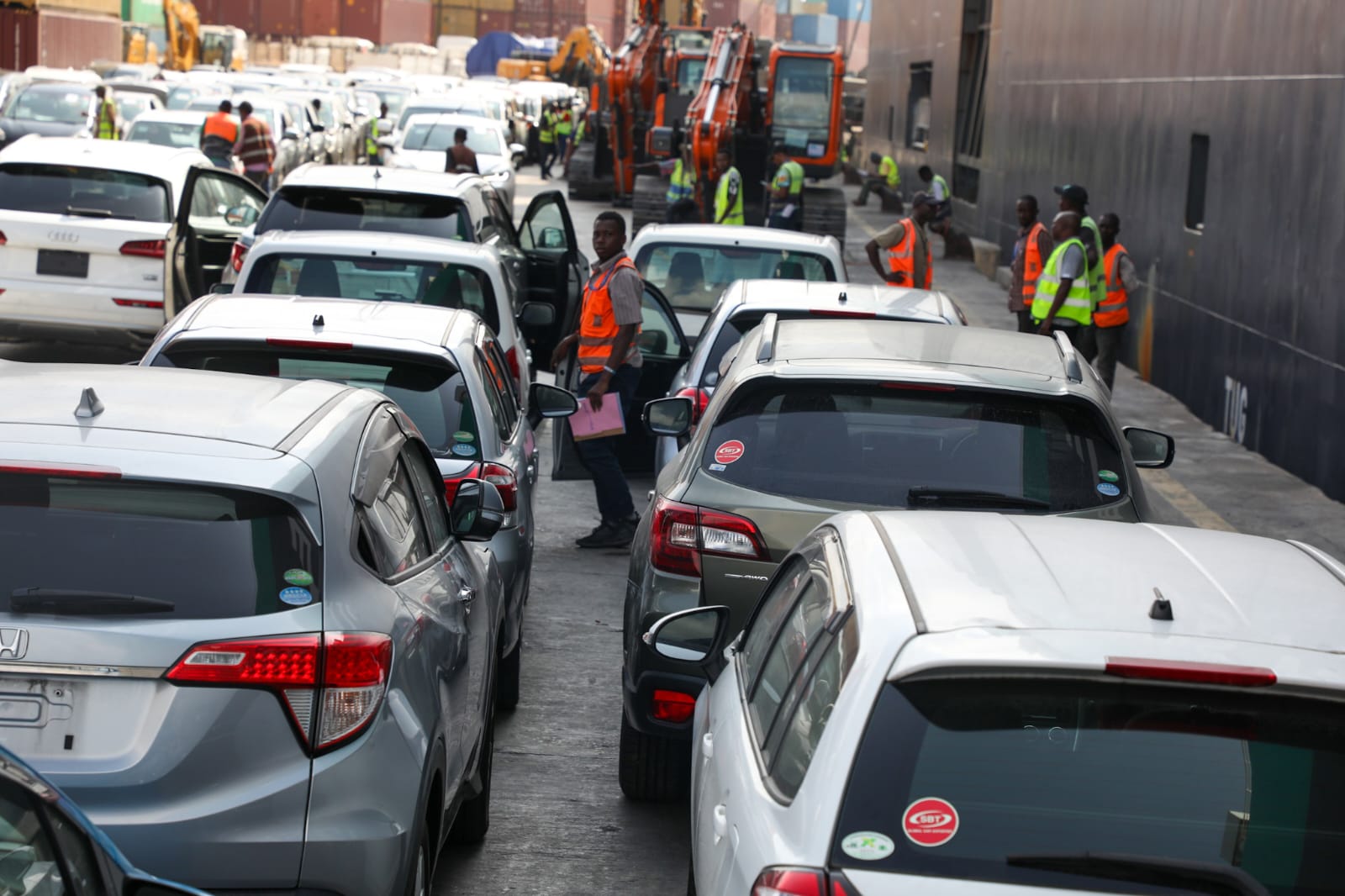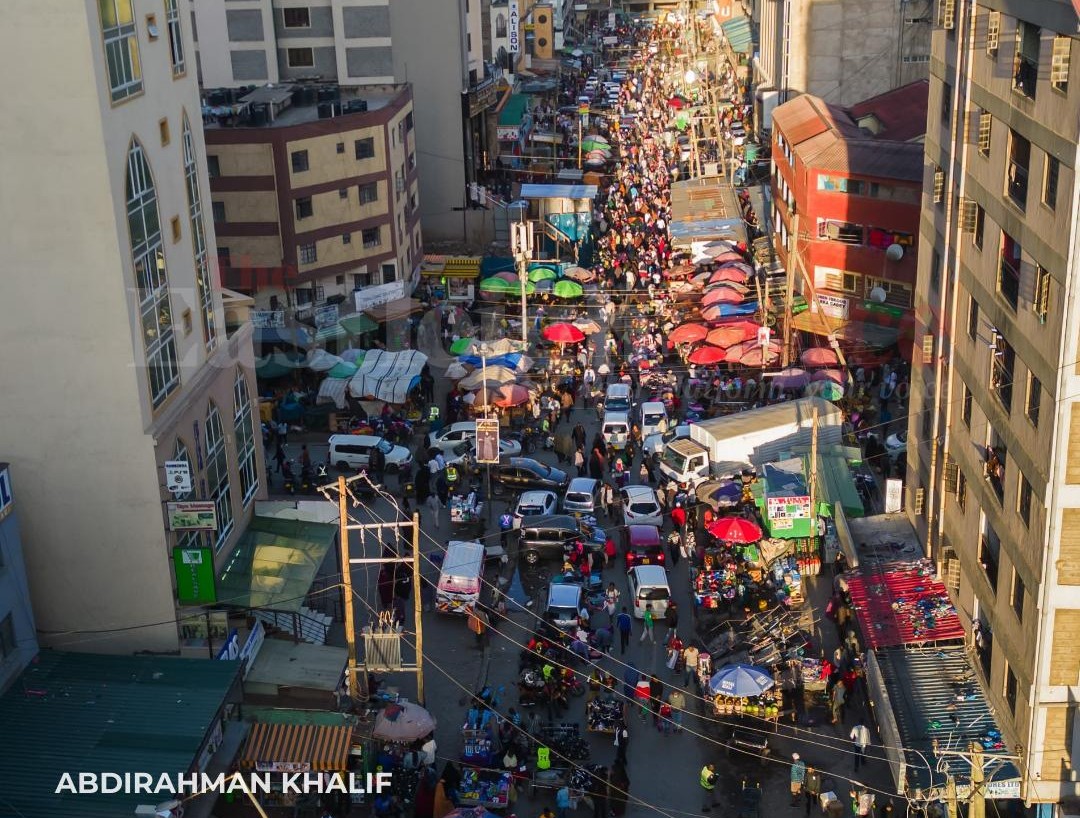Kenya’s loan defaults surge to Sh717.5bn as banks intensify recovery efforts amid financial strain

The CBK survey revealed that banks plan to ramp up loan recovery efforts in eight of the 11 economic sectors and maintain the current pace in the remaining three during the second quarter ending June.
Loan defaults in Kenya have surged to Sh717.5 billion, pushing banks to intensify recovery efforts as households struggle with rising financial hardship and declining incomes.
The Central Bank of Kenya (CBK) says this amount now makes up 17.4 per cent of all loans, the highest level seen in recent years.
More To Read
- Nearly half of CBK jobs held by two ethnic groups, Senate told
- Banks oppose CBK plan to peg lending to Central Bank Rate, cite credit access risks
- Most Kenyan employers to freeze hiring in 2025 despite economic optimism – CBK survey
- SRC controversy casts shadow over Moturi's Central Bank board nomination
- Banks face additional reporting rules as sector moves to spur green credit growth
- CBK, commercial banks disagree over benchmark for determining lending rates
The surge in defaults has triggered a fresh wave of auctions, with banks moving to recover non-performing loans (NPLs) through asset seizures. Properties, including houses, land and vehicles commonly used as collateral, are increasingly being advertised for auction across the country.
“For the quarter ending June 30, banks expect to intensify their credit recovery efforts in eight economic sectors and retain them in three sectors,” the CBK said in its quarterly Credit Officer Survey.
“The intensified recovery efforts are aimed at improving the overall quality of the asset portfolio.”
Gross NPLs rose by Sh44.9 billion in the first quarter of 2025, from Sh672.6 billion in December 2024 to hit Sh717.5 billion by the end of March. The jump in bad loans pushed the NPL ratio up from 16.4 per cent to 17.4 per cent, further deteriorating the quality of bank assets.
During the same period, banks’ total loan book grew modestly by 0.6 per cent to Sh4.1234 trillion, up from Sh4.0993 trillion at the end of December 2024. The modest growth in lending suggests banks are adopting a cautious approach amid heightened credit risks.
Ramp up loans recovery
The CBK survey revealed that banks plan to ramp up loan recovery efforts in eight of the 11 economic sectors and maintain the current pace in the remaining three during the second quarter ending June. The move could see more Kenyans lose assets used to secure credit, at a time when real wages continue to shrink and job losses remain high.
Borrowers with personal and household loans are most at risk, with 84 per cent of banks saying they will try harder to recover these loans. These include loans taken to buy homes, cars, or pay school fees. By February 2025, loans in this category totalled Sh554.6 billion, making it the third-largest type of loan after trade and manufacturing.
The trade sector, which has the highest loan exposure at Sh675 billion, is the second-most targeted for intensified recoveries, with 76 per cent of banks planning to ramp up efforts.
Other heavily affected sectors include real estate, where 73 per cent of banks intend to increase recovery efforts, followed by building and construction at 68 per cent, manufacturing and transport and communication each at 66 per cent, tourism at 65 per cent, and agriculture, where 55 per cent of banks plan to step up recoveries.
Only three sectors, mining, energy, and financial services, are set to maintain current recovery levels. In these sectors, more than half of the banks surveyed plan no change in recovery efforts, with 58 per cent maintaining pace in mining, 54 per cent in energy, and 51 per cent in financial services.
The rise in loan defaults has been linked to falling real incomes, which have dropped for five years straight. With prices rising faster than wages, many households have less money to spend and are struggling to repay their loans.
Top Stories Today














































